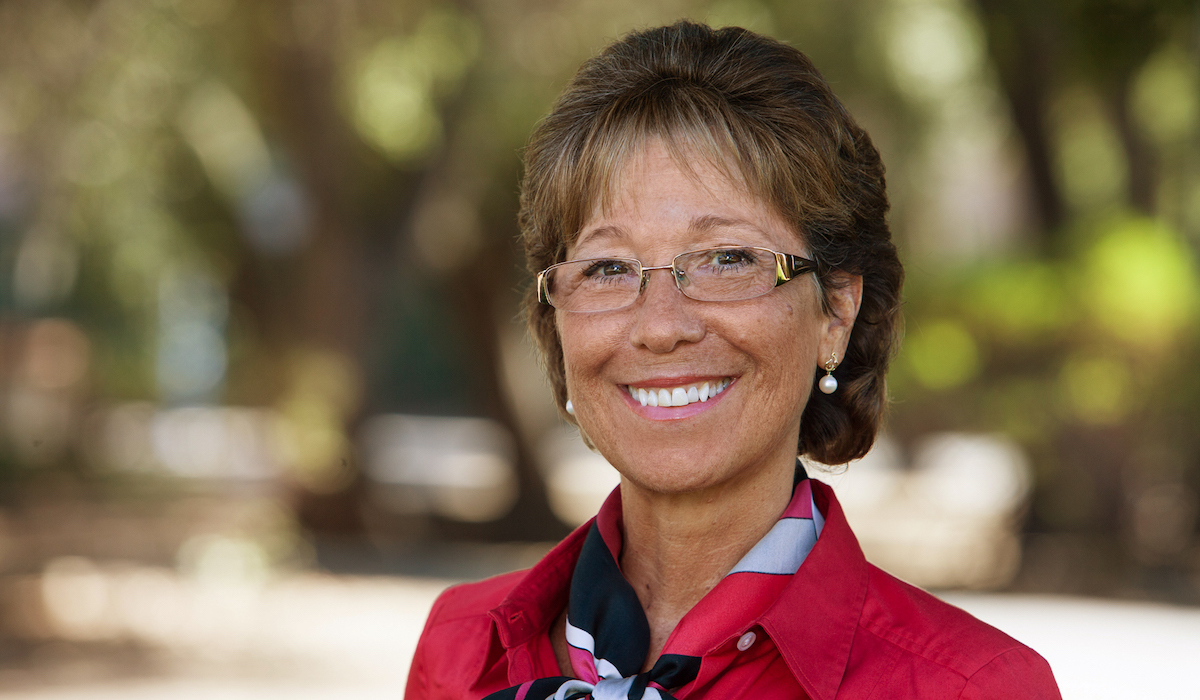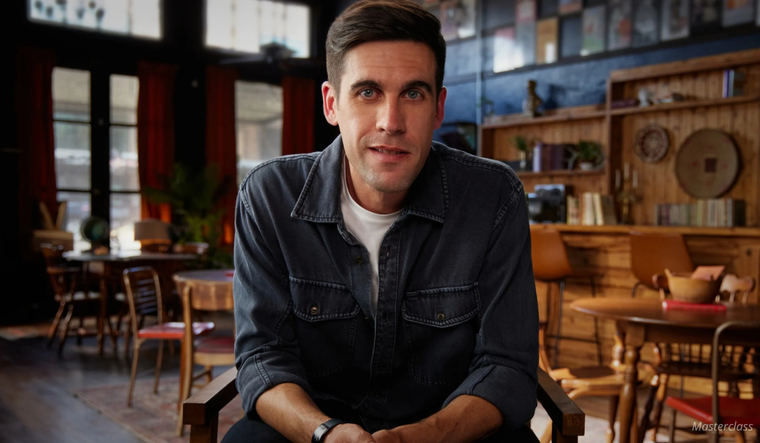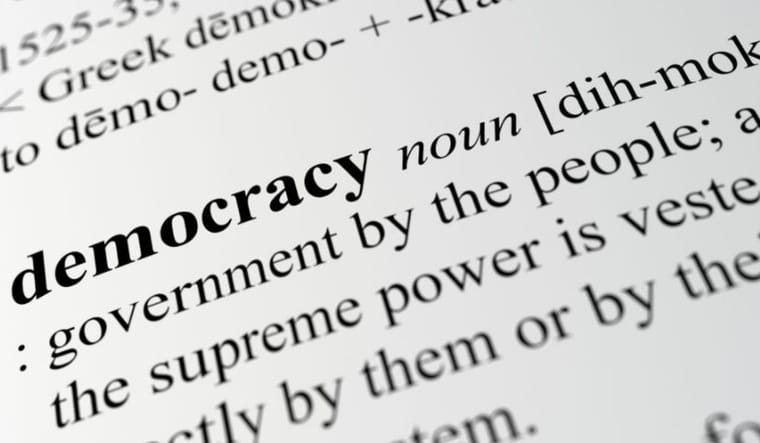7 Rules for Building Stronger, More Meaningful Connections
Rule #1: Take Disclosure Risks
When you don't know where to start, begin with sharing something about yourself. This builds trust, says Robin. It's doesn't have to be grand. A small but meaningful fact, especially if it includes a feeling, will suffice.Example:- You could say, I'm moving to San Francisco.
- Or you could offer a little more and say, I'm moving to San Francisco, and I'm excited but really anxious. I have had many moments of wondering if this is the right decision.
Rule #2: Ask Encouraging Questions
After disclosing, ask the person something about them. But remember: Not all questions are equal. Robin and Bradford encourage open-ended questions rather than ones that elicit a yes or no response. This helps to generate new options and perspectives. (They also advise avoiding ‘why' questions, as those cause people to feel they need to justify themselves.)Rule #3: Remember You Only Know Your Reality
No matter how well you think you know a person, or how perceptive you may be, you still don't know what's going on with someone else. 'The biggest mistake people do is think they know what is going on in the other person's reality,” says Robin. Understanding this and remaining naïve when it comes to building connection will encourage more genuine curiosity.Rule #4: Stay on Your Side of the 'Net”
In any interaction between two people, there are three realities, says Robin: Reality one is what's going on inside of you Your intent and motives). Reality two is both of your behaviors (the only reality known to both people.) Reality three is how our behaviors impact someone else. Too often we blur the lines between assumption and reality, and we assume we know what the other person is thinking of feeling. (This particularly happens during times of disagreement.) Robin calls this 'jumping the net.” 'If you start to impute motives, label me, or say that you know what's going on for me, then you're playing in my court,” says Robin. Instead, stay on your side of the net: Stick to facts. Give behaviorally specific feedback. And offer clear examples of how the person's actions impacted you (avoiding 'you” statements).Example:- Rather than saying: You never hear me– (outside your reality and on their side of the net)
- Try saying: When I talk to you when you enter the door and you don't respond, I don't feel heard. And when I don't feel heard, it makes me less open to being there for you in the ways I want to be...
Rule #5: Honor Emotions
Robin believes we've been socialized to leave emotions out of tough conversations, both at work and in our personal lives. 'We've stigmatized feelings.” The truth is, feelings give value and meaning to things, she says, which is why 'it's important to normalize them and bring them back into our everyday communication with each other.”Rule #6: Be You
Don't put on an act. Really. Be. You. This will generate more openness and cause others to do the same. 'It was so freeing to discover that if I allowed myself to be more known, and I didn't spin my image, people actually liked me more,” says Robin. 'They were more drawn to me and I was so much more influential.”Rule #7: Know that You Have Agency…and Deeper Connections Are Possible
It may seem daunting, or even impossible. But deep, fulfilling connections are possible…even with a wider range of people than we may expect. 'We're all works in progress,” says Robin. 'Some people need to not take so much oxygen out of the air. Some people need to make more space for others. Some need to learn how to step up and take more space so they don't have to wait for a break in conversation. You can decide what you most need in order to be more effective and to connect better.”If you're curious to learn where you can step up, Robin and Bradford offer a free assessment on their site here.Carole Robin is a former award winning Stanford GSB prof (with a bunch of fancy titles) who taught their legendary Interpersonal Dynamic (aka Touchy Feely) course for almost two decades before co-founding the non-profit Leaders in Tech. Carole previously ran a large sales and marketing organization for a Fortune 500 company, and was a partner and principal in an international consulting firm and an executive coach. She serves on multiple boards. She is the co-author of Connect which contains the lessons of "Touchy Feely" that students describe as life-changing because it didn't only make them better leaders…it made them (and continues to make them) better sons, daughters, spouses, parents, siblings, friends and colleagues. She was raised in Mexico City, and lives in northern California with her husband.Please note that we may receive affiliate commissions from the sales of linked products.



